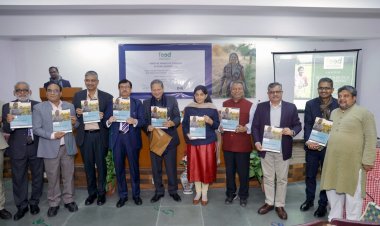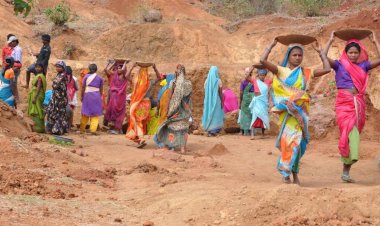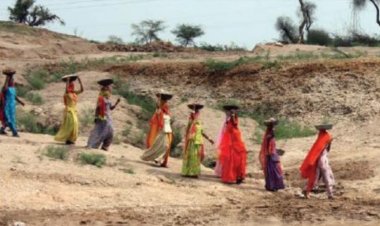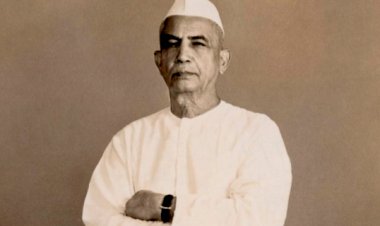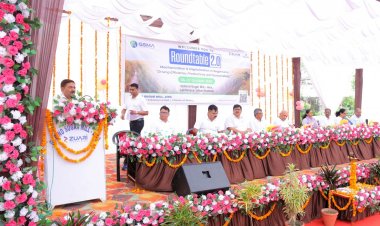Population boom: India must take cue from China, says expert
The latest UN data that shows India has surpassed China to become the world's most populous nation with 142.86 crore people has set off alarm bells. Whether it is a challenge or an opportunity, it is up to the government. China now has a population of 142.57 crore, thus being the second most populous country, the UN world population dashboard showed. According to UNFPA's State of the World Population Report (SWOP) 2023, about 25 per cent of India's population is in the age group of 0-14 years, 18 per cent in the 10 to 19 age group, 26 per cent in the age bracket of 10 to 24 years, 68 per cent in 15 to 64 years age group, and 7 per cent above 65 years.
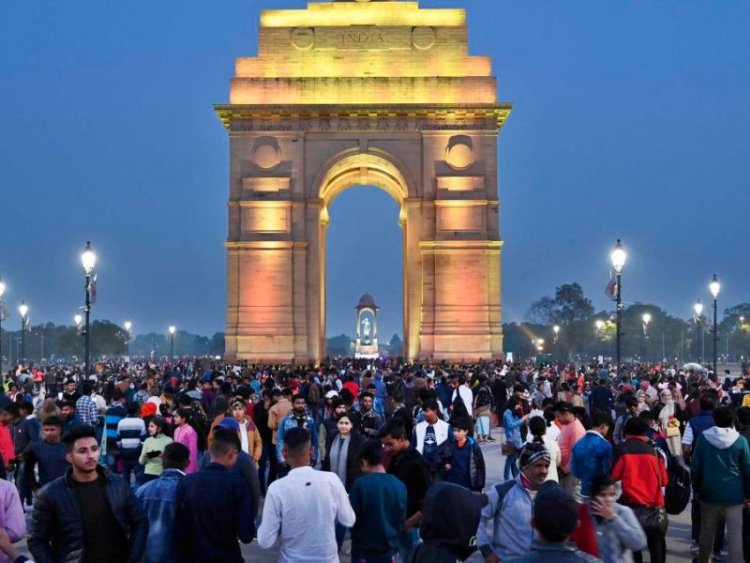
Unless India's growing population is fed and educated properly, they will become a burden on the economy, JNU professor and former DG IAMR Dr Santosh Mehrotra has said commenting on the latest population data vis-à-vis the scenario in China.
“It is here that China has adopted a different path. Beijing lays stress not only on health and education but also on employment generation by making industrialisation labour-intensive.
“If India doesn't take a cue (from China), the writing on the wall is loud and clear - jobless growth will be a recipe for disaster as those in the working age group will be far less than the number of dependents,” Dr Mehrotra told Rural Voice.
Comparing the scenario with that of China, he says Beijing visualised population boom decades ago and took good policy decisions to tame the growth, whereas the powers that be in India did not act timely. China focussed on investments in health and education sectors to ensure that the benefits reach even far-flung villages, while in India a three-tier health system was created sans adequate funds at the national level.
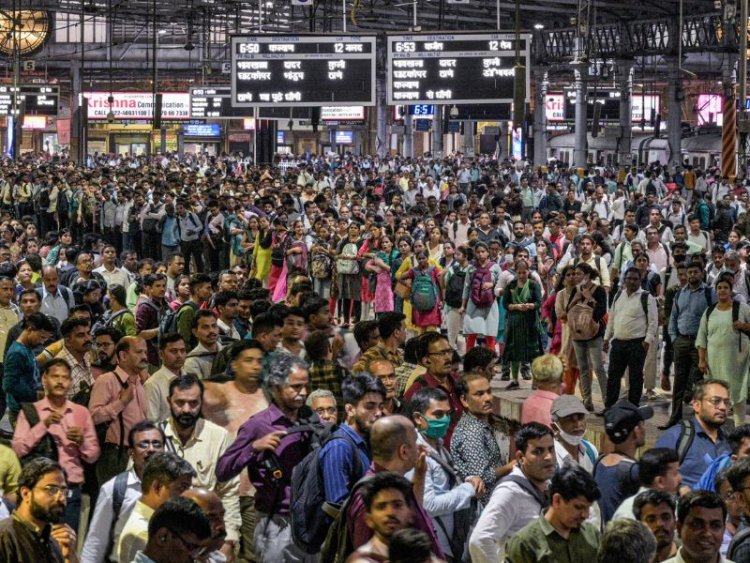
Dr Mehrotra pointed out that in states with awareness and competence, like Kerala, Tamil Nadu and certain other provinces in the South, the picture was different from that in the Northern region where a feudal mindset of rich landlords kept the poor wallowing in poverty and illiteracy. Healthcare was a far cry.
While China witnessed land reforms, the situation didn't improve in India despite the abolition of Zamindari as the political masters hailed from the landed class and of course, the upper caste, always giving the poor and downtrodden a scornful look.
Also Read This: Breaking the Barrier – Unlocking the Next Blue Revolution
Against this backdrop, Dr Mehrotra explained, Hindi-speaking states like Uttar Pradesh and Bihar saw a rise in fertility rate leading to more childbirths, unlike in the South where the social fabric was different. The fertility rate is found to be higher among the poor as they consider children as an additional hand to earn money and feed the family. They treat children as social security.
It is here that China has adopted a different path. Beijing lays stress not only on health and education but also on employment generation by making industrialisation labour-intensive.
“If India doesn't take a cue, the writing on the wall is loud and clear - jobless growth will be a recipe for disaster as those in the working age group will be far less than the number of dependents,” Dr Mehrotra opined.
The latest UN data that shows India has surpassed China to become the world's most populous nation with 142.86 crore people has set off alarm bells. Whether it is a challenge or an opportunity, it is up to the government. China now has a population of 142.57 crores, thus being the second most populous country, the UN world population dashboard showed.
According to UNFPA's State of the World Population Report (SWOP) 2023, about 25 per cent of India's population is in the age group of 0-14 years, 18 per cent in the 10 to 19 age group, 26 per cent in the age bracket of 10 to 24 years, 68 per cent in 15 to 64 years age group, and 7 per cent above 65 years.
Also Read This: Wheat Procurement has crossed 150 lakh tonnes in the current rabi season
The population demographics of India vary from state to state. Kerala and Punjab have an ageing population while Bihar and Uttar Pradesh have a young population. This is the first time that India has topped the UN list of most populous countries since it started collecting population data in 1950.
According to the United Nations' World Population Prospects-2022, India's population was 86.1 crore while China's population was 114.4 crore in 1950. The report also states that by 2050, India's population is expected to rise to 166.8 crore, while China's population would dip to 131.7 crore. According to the UNFPA, life expectancy at birth for males in India is 71 while for females it is 74 years.
The contraceptive prevalence rate of women aged 15-49 by any method as of 2023 is 51 per cent. The report also stated that the global population is growing at its slowest rate since 1950, having fallen under one per cent in 2020. The report said the global population was projected to reach eight billion on November 15.
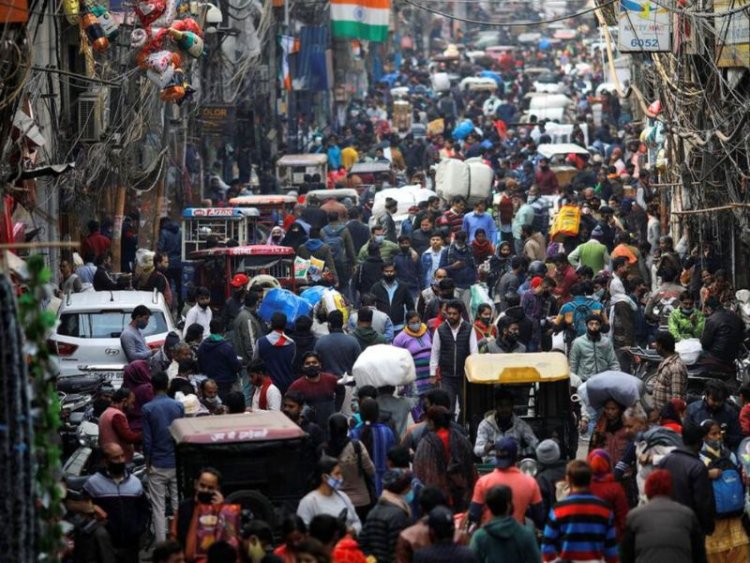
However, some others see India's 1.4 billion people as 1.4 billion opportunities. As the country with the largest youth cohort -- its 254 million youth (15-24 years) -- can be a source of innovation, new thinking and lasting solutions, they say.
The trajectory can leapfrog forward if women and girls, in particular, are equipped with equal educational and skill-building opportunities, access to technology and digital innovations, and most importantly information and power to fully exercise their reproductive rights and choices.
Ensuring gender equality, empowerment and advancing greater bodily autonomy for women and girls are the key determinants for a sustainable future. Individual rights and choices should be respected, and all should be able to decide when to have children, if any, and how many.
Women and girls should be at the centre of sexual and reproductive policies and programmes. When rights, choices and equal value of all people are truly respected and held, only then can a country unlock a future of infinite possibilities.
Also Read This: Price of DAP falls to $ 553, Urea to $ 315 in global market
Demographers today use a variety of metrics — fertility and replacement rates, age and region-wise data — to arrive at a far more layered understanding of population dynamics compared to 70 years ago when the country launched its first family planning programme.
Since two-thirds of India’s population is in the 15-64 age bracket, education, skill development and creating opportunities – especially for the youth of the disadvantaged sections and women – will hold the key to the country using the demographic dividend to its advantage in the next 20 years.
But an area of concern is low participation of women in the labour force. World Bank data shows that female labour participation in India plunged from 32 per cent in 2005 to 19 per cent in 2021. This is a major reason for the country being slow to take advantage of its large working-age population as compared to countries such as South Korea.
Around a 40 per cent labour force participation rate, around 10 per cent for women, as indicated by CMIE surveys, is a ticking social bomb. It needs smart policymaking, with much more focus on education and health sectors, say various experts.



 Join the RuralVoice whatsapp group
Join the RuralVoice whatsapp group


















